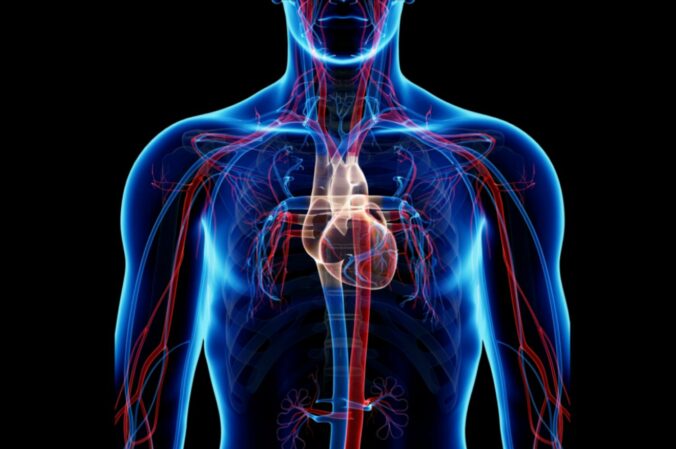Welcome to the Wonderful Circulatory System!
Hi, future researchers! Have you ever felt your heart race after running fast or wondered how oxygen reaches all parts of your body? All of this is thanks to your circulatory system!
This incredible system acts like a delivery service inside you, pumping blood, oxygen, and nutrients to keep you strong and healthy. The heart, blood vessels, and blood work together to ensure that every part of your body gets what it needs.
In this lesson, we will discover how your heart keeps beating, how blood moves through your body, and why this system is so important. Get ready to dive into the world of veins, arteries, and your hardworking heart!
LEARNING OBJECTIVE Statements
By the end of the lesson, students will be able to:
- Identify the main components of the circulatory system (heart, blood vessels, and blood).
- Explain how blood circulates through the body (pulmonary vs. systemic circulation).
- Describe the key functions of the circulatory system (transporting nutrients, oxygen, and waste).
MATERIALS & TECHNOLOGIES Description
- All lesson resources are accessible through a Learning Management System (LMS) (This website).
- Instructional Content #1: Interactive Slide Presentation (e.g., Google Slides, PowerPoint 365) with images/diagrams of the circulatory system.
- Instructional Content #2: Animated Quiz Video (e.g., a vetted YouTube video, BrainPOP, or Nearpod with embedded quizzes).
- Digital Collaboration Tools (e.g., Google Jamboard, Padlet, or an LMS discussion board) can be used for the virtual mind map.
- Online Quizzing Tools (Kahoot, Quizizz, or built-in LMS quiz) if additional checks for understanding are desired.
- Optional: A free online simulation or game demonstrating blood flow.
PRIOR KNOWLEDGE & PRE-CLASS Preparation
Students Prior Knowledge/Skills
- Familiarity with the basic layout of the human body (knowing significant organs like the heart and lungs).
- Ability to navigate the LMS and digital tools (view slides, watch videos, type responses).
